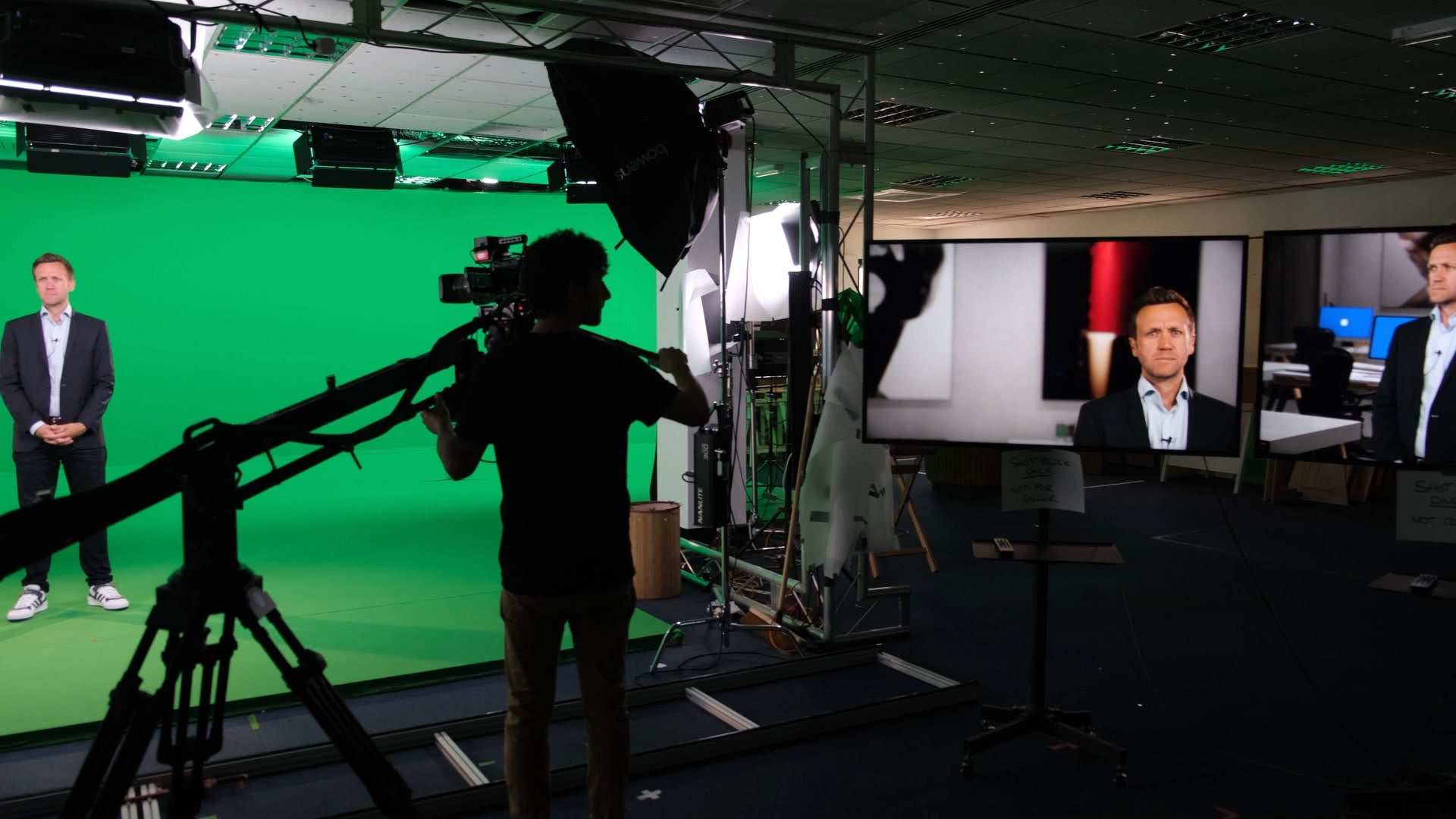
A guide to Virtual Production: fifteen key points
Virtual production (VP) represents a remarkable fusion of traditional filmmaking with the forefront of digital technology. It’s a rapidly evolving field that offers filmmakers and content creators an unprecedented level of creative flexibility and efficiency. Initially, VP was a luxury only accessible to big-budget productions, but recent advancements have made it more affordable and user-friendly, democratising its access to a wider range of creators, including podcasters, advertisers, and social media influencers.
We asked Rob Chandler of leading VP studio Morden Wolf to lend us some of his insight and expertise, and he has put together the following guide.

Understanding the Value of Virtual Production
Before delving into VP, it’s vital to recognise its advantages. VP can be an efficient solution for reducing costs associated with filming in diverse real-world locations. It also aligns well with environmental sustainability efforts and can significantly shorten post-production timelines. However, it’s also important to acknowledge that VP is not always the best fit for every project. Analysing the specific needs and goals of your project is crucial in determining whether VP is the right approach.
Pre-production focus
Unlike traditional filming, VP emphasises the importance of pre-production. The adage of “fixing it in post” is less applicable here; instead, much of the creative work is front-loaded. This shift can lead to substantial savings in post-production time and costs, but a failure to properly prepare can result in significant headaches and increased expenses.
Scalability and flexibility

VP allows for the creation of diverse environments, from hyper-realistic landscapes to imaginative, abstract settings. The complexity of these environments directly impacts the time and budget required. While vast, detailed backgrounds might necessitate a larger investment, simpler or more stylized scenes can be more budget-friendly.
A complement, not a replacement
It’s essential to understand that VP is not a one-size-fits-all solution. It provides additional options to meet creative, temporal, and budgetary needs, but traditional filming techniques remain relevant and sometimes preferable. The choice between location shoots, set builds, LED walls, green screens, and full 3D environments should be dictated by the specific requirements of the project.
Understanding various VP technologies
The landscape of VP technology is diverse. From LED walls that offer immersive environments to green screens that excel in post-production flexibility, each tool has its strengths. Assessing the needs of your project and selecting the appropriate technology is crucial for success.
Budgeting wisely

The budget dictates the scope of what’s achievable in VP. While you might dream of high-end graphics, financial constraints can bring you back to reality. Balancing ambition with budget is key. Generally, VP can be more cost-effective than traditional methods, especially when considering the logistics and expenses associated with shooting in multiple locations.
Resource optimisation
VP can significantly reduce additional costs such as security, catering, and transportation by centralising production in a controlled studio environment. While it might not be suitable for every scene, it offers an efficient alternative for many scenarios.
Selecting the right technology
Different projects have unique technical requirements. For instance, green screen VP allows for extensive post-production manipulation, augmented reality can integrate digital elements seamlessly, and motion capture (MoCap) technologies can create lifelike digital avatars. Selecting the right technology mix is essential for fulfilling your project’s specific needs.
Realism through props and lighting
Incorporating physical props can add a layer of authenticity to VP environments. The challenge lies in ensuring that the lighting and perspective of real objects harmoniously blend with the virtual set. This attention to detail in pre-production planning can save significant effort later in the process.
Lighting is paramount
In VP, lighting is a critical element for achieving a realistic look. It must match the virtual environment to maintain continuity and realism. The coordination between real and virtual lighting teams is essential, and understanding the technical possibilities and limitations can significantly enhance the final outcome.

The importance of pre-production
Detailed pre-production is crucial in VP. Storyboards, concept art, and scripts should be tailored to VP’s unique requirements. It’s also advisable to engage with a VP producer or supervisor, especially if you’re new to this domain.
Building the right team
A successful VP project relies heavily on the expertise and collaboration of its team. From VP supervisors and tech artists to directors and project managers, each team member plays a crucial role. Ensuring that each member has VP-specific knowledge and experience is key.
Digital asset management
Creating and organising digital assets is a time-consuming but critical process in VP. Focus on hiring experienced teams to ensure that digital environments are well-crafted and optimised. Regular testing and optimization of these assets are crucial for a smooth production process.
Utilising Unreal Engine for storyboarding
Unreal Engine offers a powerful tool for storyboarding in VP. It allows for real-time visualisation and adjustments, significantly streamlining the production process and opening up creative possibilities. This flexibility is invaluable for making informed decisions and enhancing the quality of the final product.

Embracing flexibility
One of the greatest strengths of VP is its adaptability. The ability to make real-time adjustments to various elements like lighting and background imagery is a game-changer. However, it’s important to understand the limitations and time implications of these changes to maintain a smooth production flow.
Conclusion
Virtual production is a transformative tool in the realm of filmmaking, offering a wealth of creative opportunities. By understanding its fundamentals, judiciously managing resources, and assembling a skilled team, you can harness VP’s potential to bring your vision to life. For those looking to delve into their first VP project, our team of experts is ready to guide you through this exciting journey, ensuring you make the most of this innovative filmmaking approach.
With many thanks to Rob Chandler of Morden Wolf for his insight and expertise.
Images via Morden Wolf.
Share this Article











